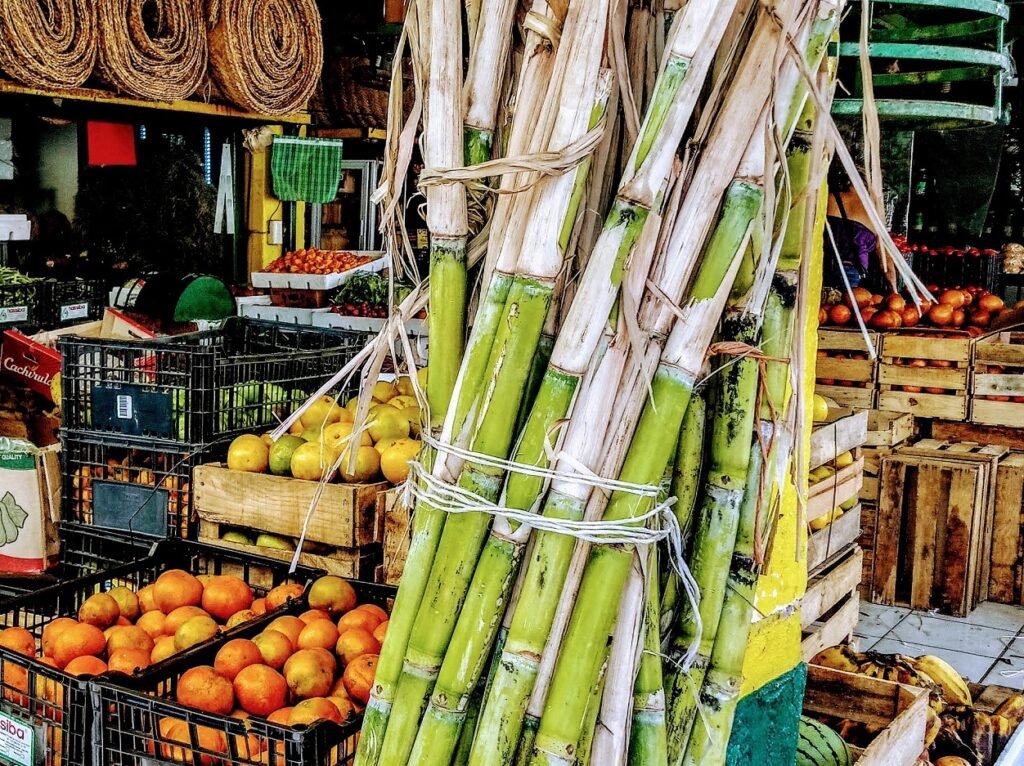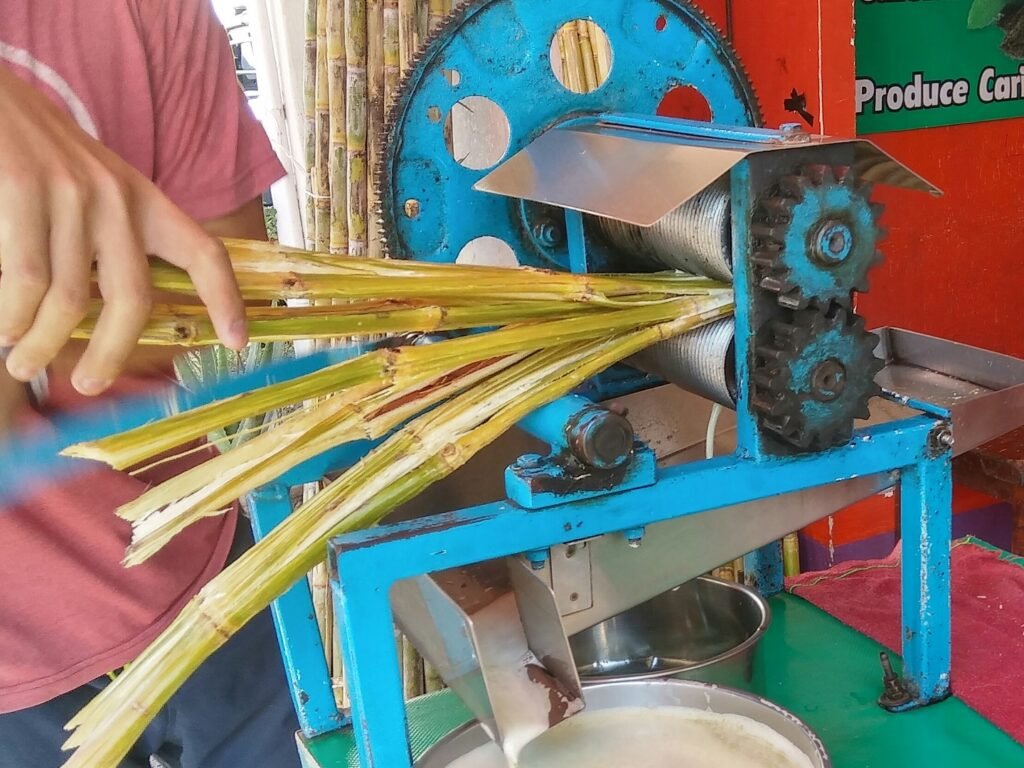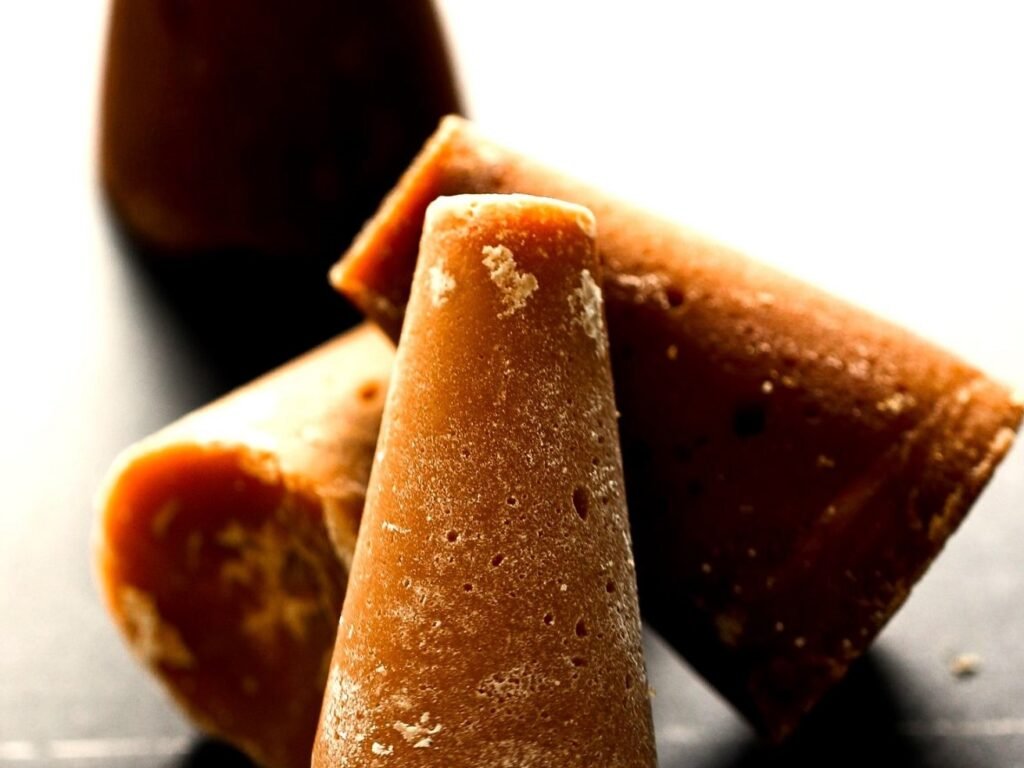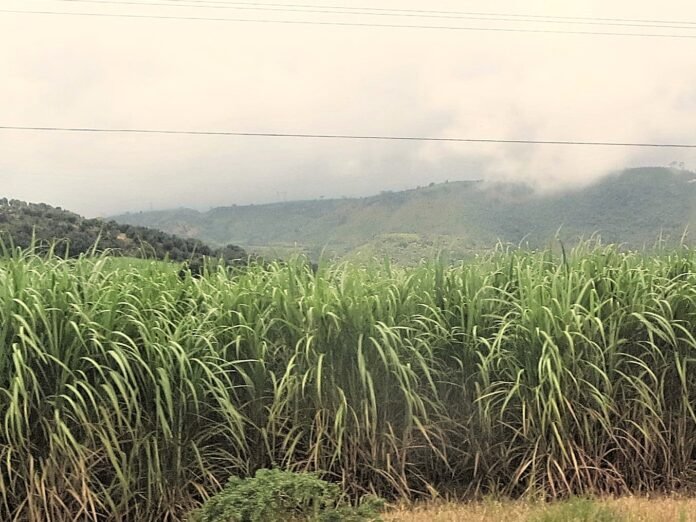Since Valentine’s Day, Dia del Amor y la Amistad is almost upon us, I thought it timely to talk about sugar! Besides flowers, candy is one of the most popular gifts on this day of love and friendship. Loaded with processed sugar, concerns rise again about types of sugar, amounts, and their role in our health.
HISTORY
Sugar was first introduced to Mexico by the Spanish Conquistadors in the early 1500s. Large plantations began to rise due to Mexico’s large native population, allowing plantation owners to use the significant local workforce.
Today, sugarcane is the primary crop used for sugar production in Mexico. Sugar beet production here is almost non-existent. Sugarcane is also a source of renewable energy, biofuels, and bio-materials.
According to the Ministry of Mexican Economy, Mexico’s sugar production in 2024 was approximately 6.25 million metric tons (metric ton = 1000 kilograms). They predict Mexican sugar production will reach 8.2 million metric tons by 2026.
Since 2008, the Law for Sustainable Development of Sugarcane has been Mexico’s main regulatory body for sugarcane production. They oversee I85,000 cane growers and 49 processing mills. The sugar mills operate between November and June, often including an energy cogeneration plant, a distillery, and a sugar mill.
The most common type of sugar consumed in Mexico is piloncillo, a cone-shaped sugar with a rich flavor. Piloncillo is pure, unrefined sugarcane. Brown in color, it is sometimes referred to as Mexican brown sugar. It is made by crushing sugarcane stalks to extract the juice, which is then boiled to a thick syrup. This syrup is then poured into cone-shaped molds to cool and harden.
In addition to molasses, three types of sugar are produced:
Brown sugar: includes light brown caramel-flavored sugar and dark brown sugar with a stronger flavor.
Demerara sugar: a light brown sugar with large crystals and a toffee flavor.
Muscovado sugar: a very dark brown, unrefined sugar with a strong flavor.
Simple sugars, also called monosaccharides, include glucose, fructose, and galactose. Compound sugars, also called disaccharides or double sugars, are sucrose (glucose + fructose), lactose (glucose + galactose), and maltose (two molecules of glucose). Sugarcane is mainly concentrated sucrose.
HEALTH CONCERNS
Excessive consumption of sugar can spike blood glucose levels, increasing the risk of diabetes, metabolic disorders, obesity, and cardiovascular diseases. Consequently, the concept of a glycemic index was created by Dr. J. Jenkins and colleagues in 1980 at the University of Toronto. They were working towards finding the optimal and most beneficial diet for people with diabetes.
The glycemic index (GI) is a value used to measure how fast specific foods (carbohydrates) increase blood sugar levels and range from 0-100. The GI uses glucose or white bread as a reference food with a GI score of 100.

The faster foods are converted to glucose, the higher the GI, meaning they can cause a quick rise in your blood sugar and have an index of over 70. While you don’t need to avoid these high-glycemic foods, you should limit or eat them in moderation, especially if you have diabetes II.
Foods that contain no carbohydrates, like meat, and fish, do not have a glycemic index value as they have little to no effect on blood sugar levels.
RAW JUICE VERSUS UNREFINED SUGARCANE
Fresh-pressed, raw sugarcane juice is nutritious and satisfying. It contains antioxidants, electrolytes, and amino acids, making it a great post-workout drink and immune booster. In addition to helping with hydration, sugarcane juice has a nutritional profile similar to wheatgrass, containing chlorophyll, iron, B vitamins, calcium, potassium, and magnesium. Its alkaline pH of 8.9 could help the body fight cancer and improve kidney function. Research indicates it may strengthen the stomach, heart, eyes, brain, and sex organs.

When sugarcane juice is processed to produce sugar, most of the vitamins, minerals, and antioxidants are removed through clarification and crystallization steps. The final sugar product is almost entirely sucrose, with a high glycemic index.
MEXICO AND COCA COLA
On May 8, 1886, Dr. John Smith Pemberton, a local pharmacist in Atlanta, Georgia, invented the syrup for a non-alcoholic drink that became Coca-Cola. The addition of carbonated water and the distinctive glass bottle eventually pushed Coca-Cola to become a national beverage. Around 1921, the Coca-Cola Company opened its first bottling franchise in Mexico with Grupo Tampico.
Today’s Mexican formula exported into the US is sweetened with sugarcane instead of high-fructose corn syrup. US Coke makers transitioned to high-fructose corn syrup in 1984. Additionally, the US manufacturers of Coke Zero Sugar sweeten that product with a blend of aspartame and acesulfame potassium which is 200 times sweeter than sucrose, the sugar in both sugarcane and white table sugar.
In the US food industry, high-fructose corn syrup is a cheaper alternative sweetener because of production quotas of domestic sugar, import tariffs on foreign sugar, and subsidies of US corn.
SUGAR SUBSTITUTES
You can opt for coconut sugar, honey, maple syrup, and agave nectar, which are far better alternatives due to their plant origins and lower processing practices. Artificial sweeteners like aspartame, saccharin, sucralose (Splenda), stevia, acesulfame potassium, and cyclamate are still controversial. More studies need to be done on their safety and health benefits.
Happy Valentine’s Day everyone!



